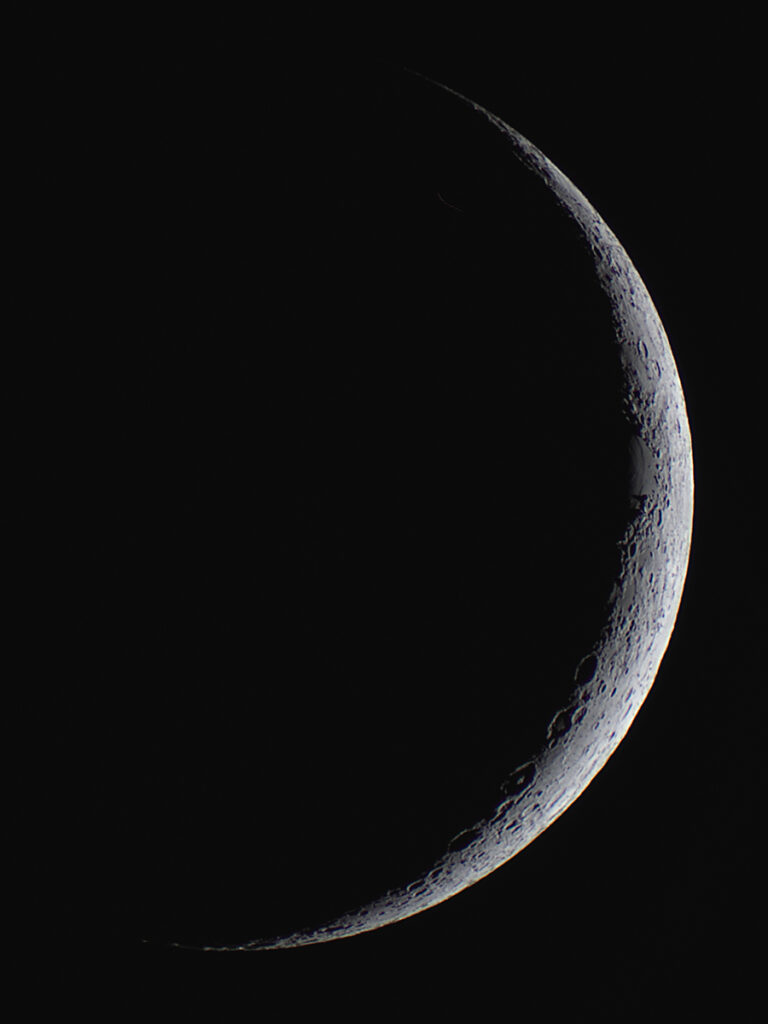
Telescope: Unitron 155c 4” f/15
Camera: Canon EOS Ra, Interval Timer (no computer)
Filter: 2” GSO IR Cut Filter
Exposure: 32×1/50sec, ISO 800, saved as RAW
Seeing: Fair, 3/5
White Balance: Nebulosity Automatic
Software: Registax, Nebulosity, Photoshop
This is quick test image taken with my 60 year old Unitron 155c on its second night out. During this test I found that the 155c was much easier to point and to fine tune the field than I had expected. I was particularly interested in whether I could make fine adjustments in the R.A. as this model lacks the secondary fine R.A. control meaning that you cannot make fine adjustments in R.A. while the clock drive is installed. This turned out not to be a problem. The field of view of the full frame EOS Ra is large enough that pointing the scope was relatively easy. To make fine adjustments in R.A. I simply pointed the scope slightly west of the target, and then turned the clock drive off, letting it drift to the center of the field, and then turning the clock drive back on. Easy peasy. The clock drive itself performed flawlessly off of the 120vac output from my lithium ion battery pack, though I need to work on the polar alignment to get the best performance from it. It is certainly plenty good enough for visual and if I get serious about imaging with this scope I should look at mounting it on my Atlas.
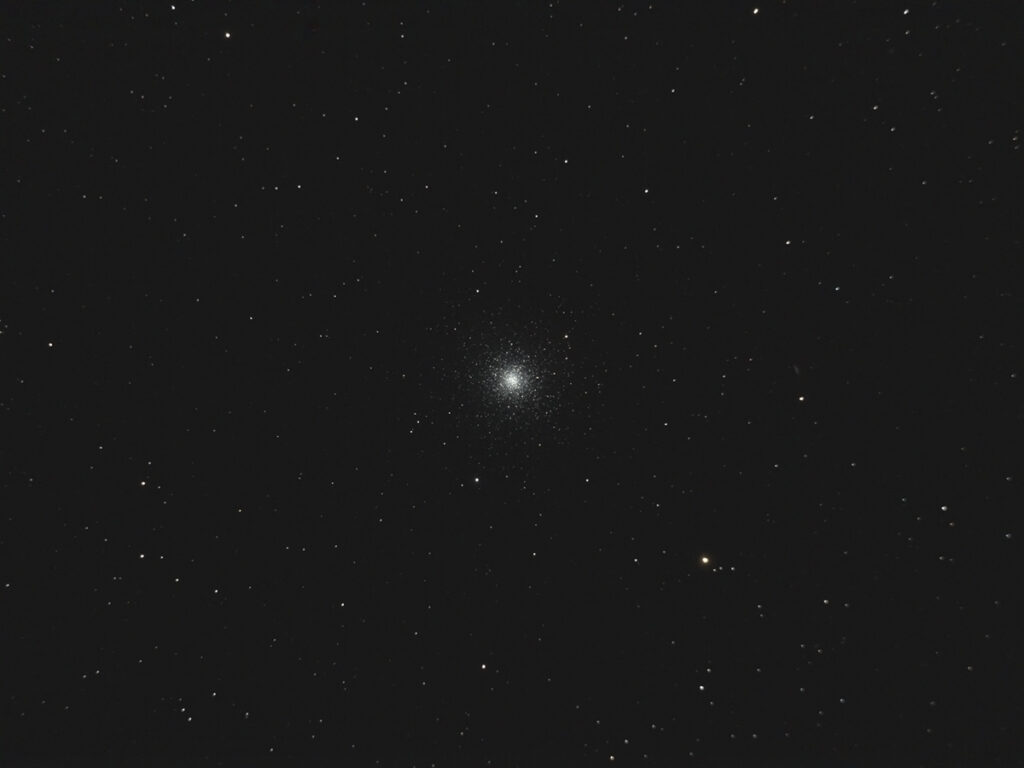
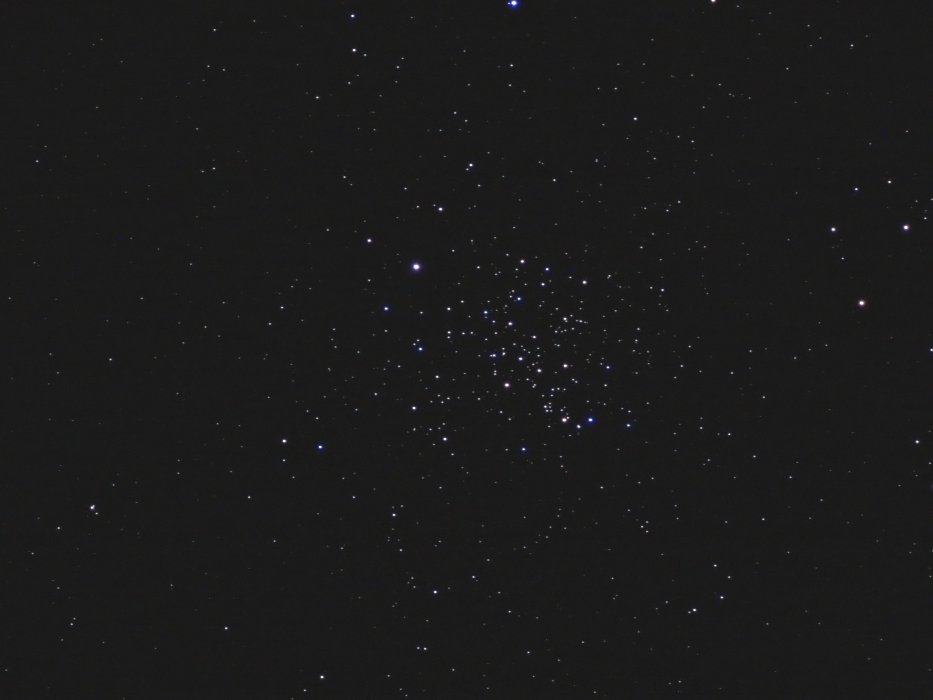
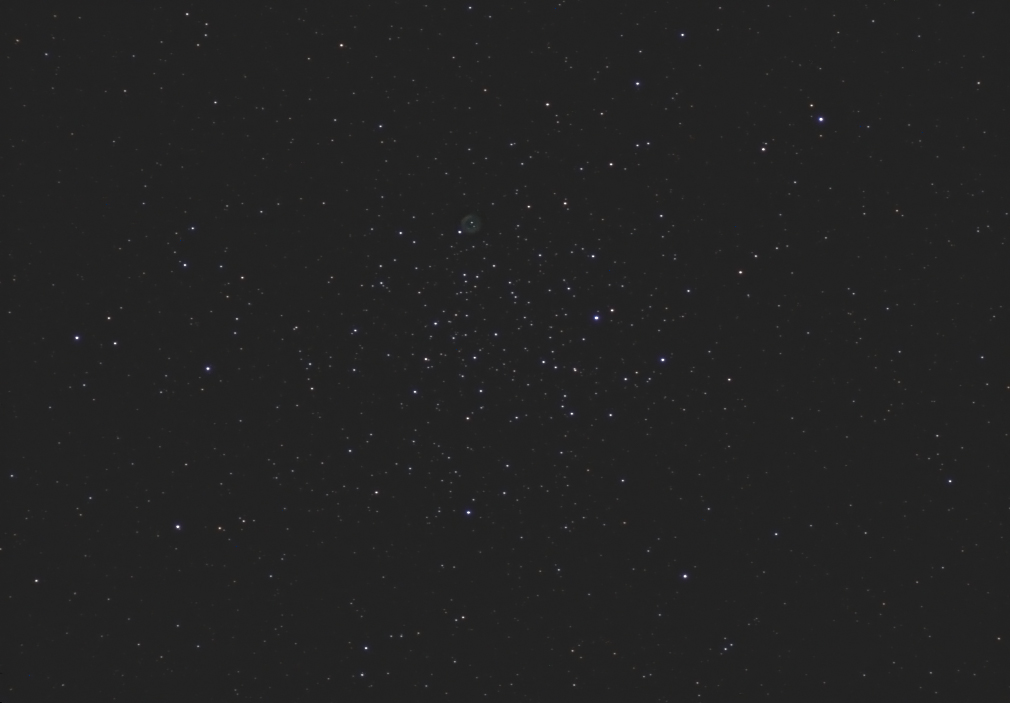
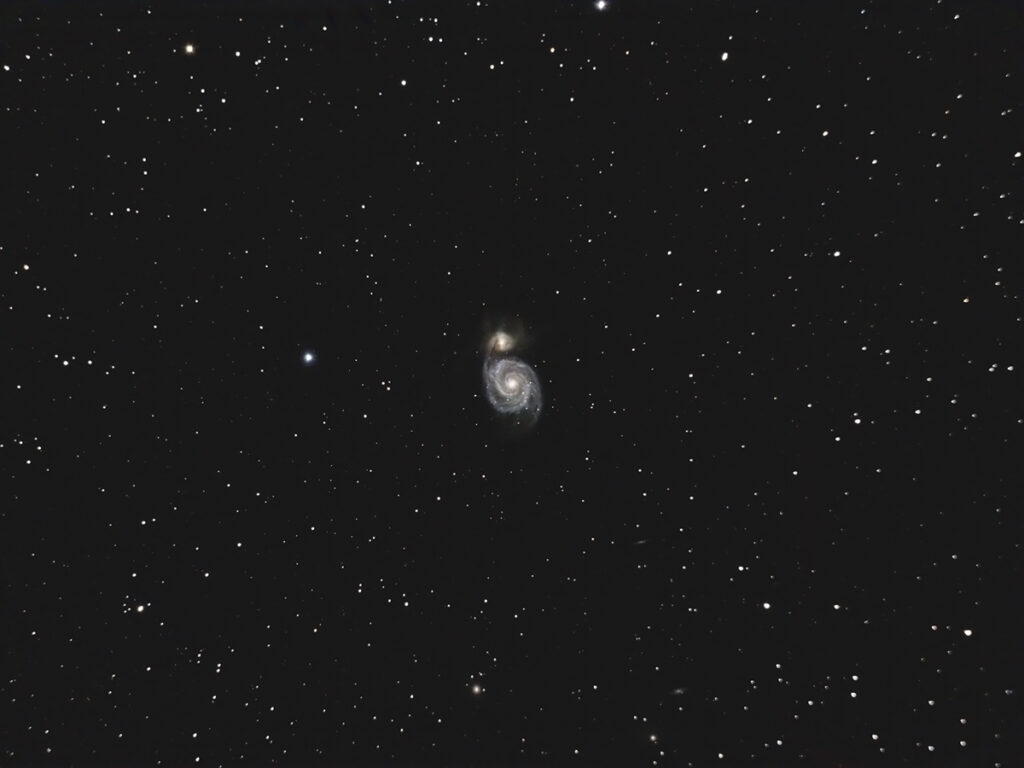
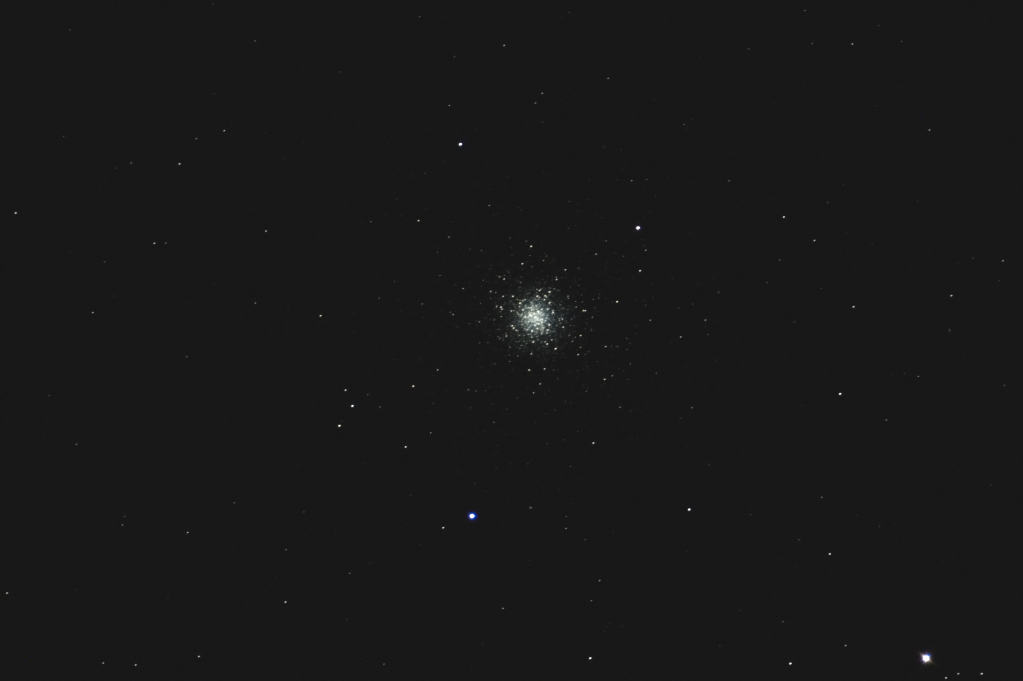
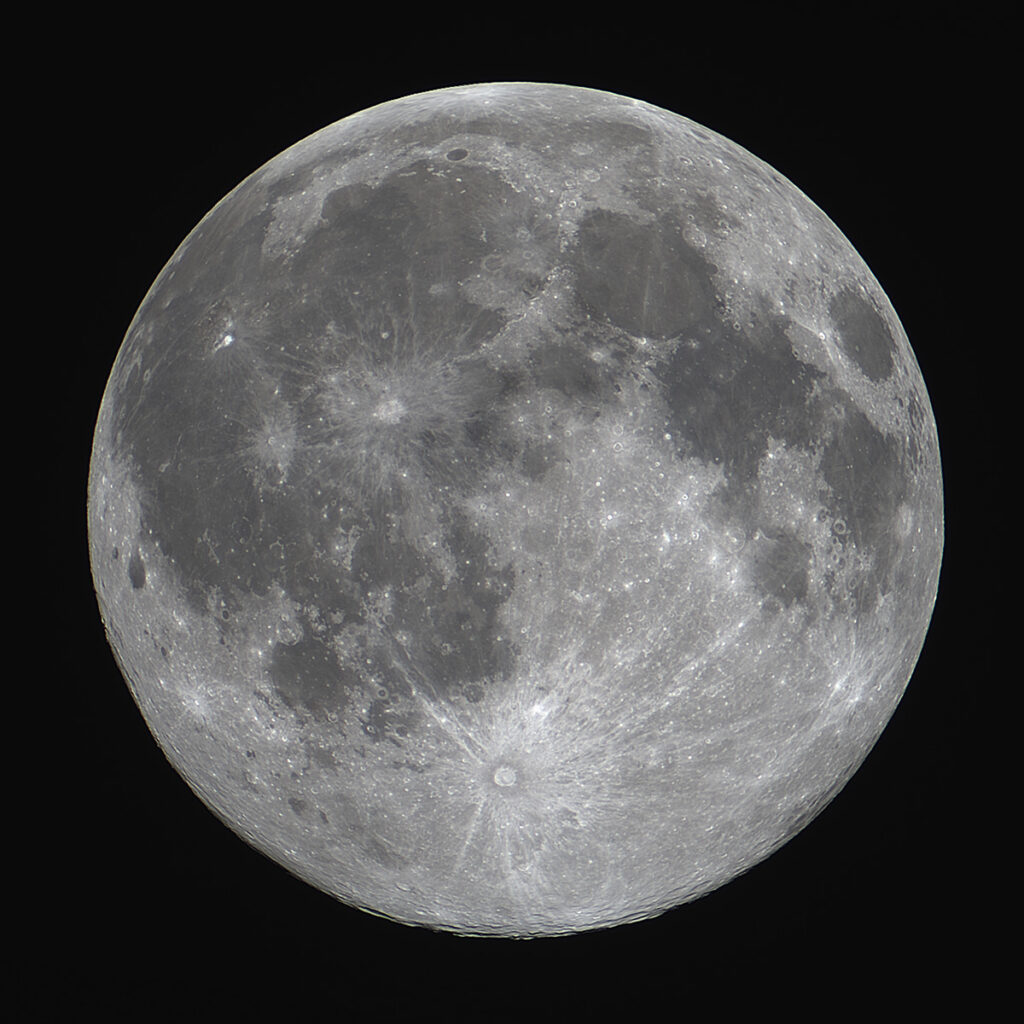
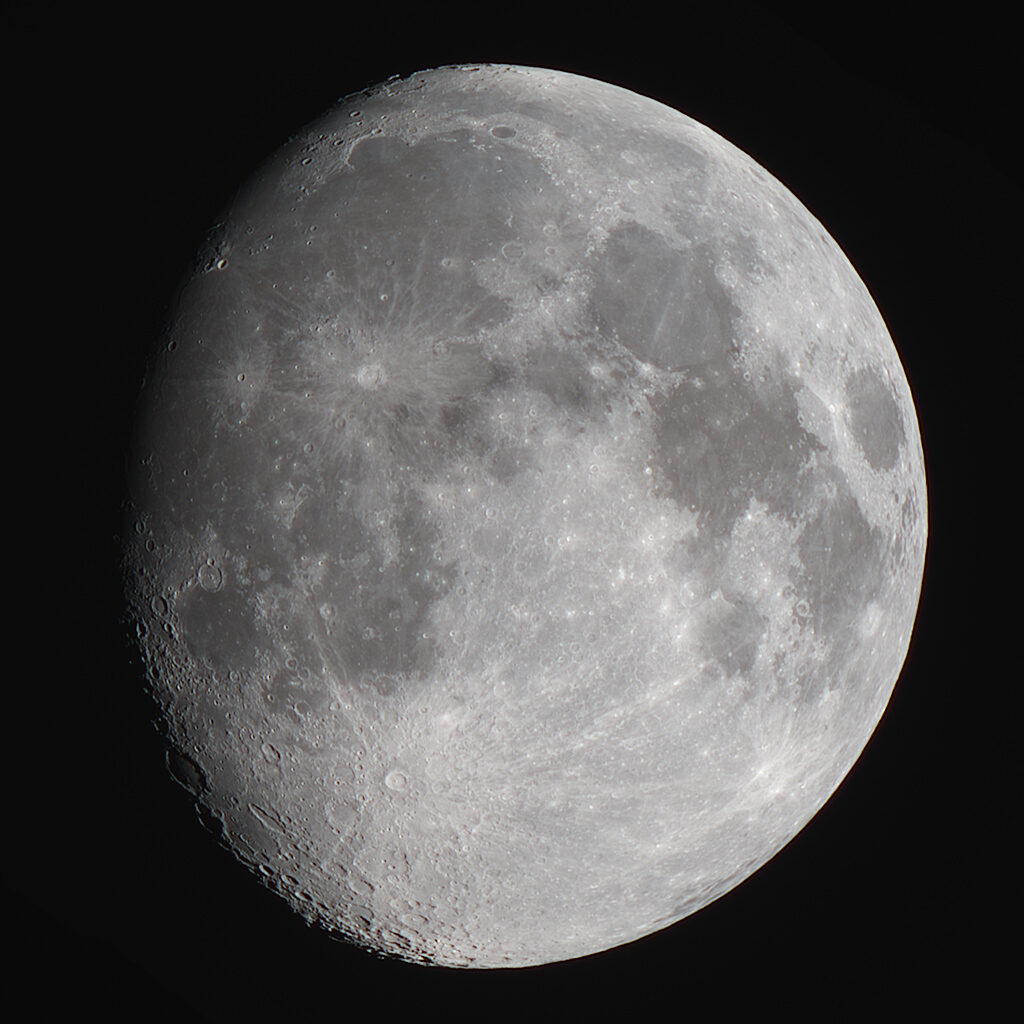
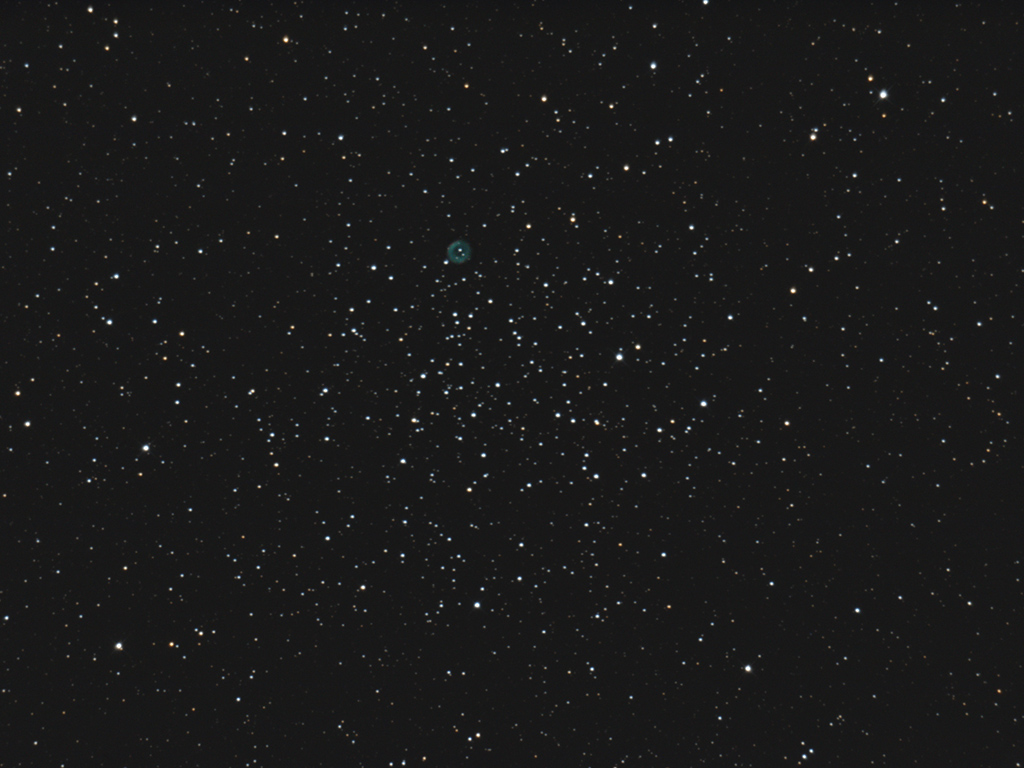
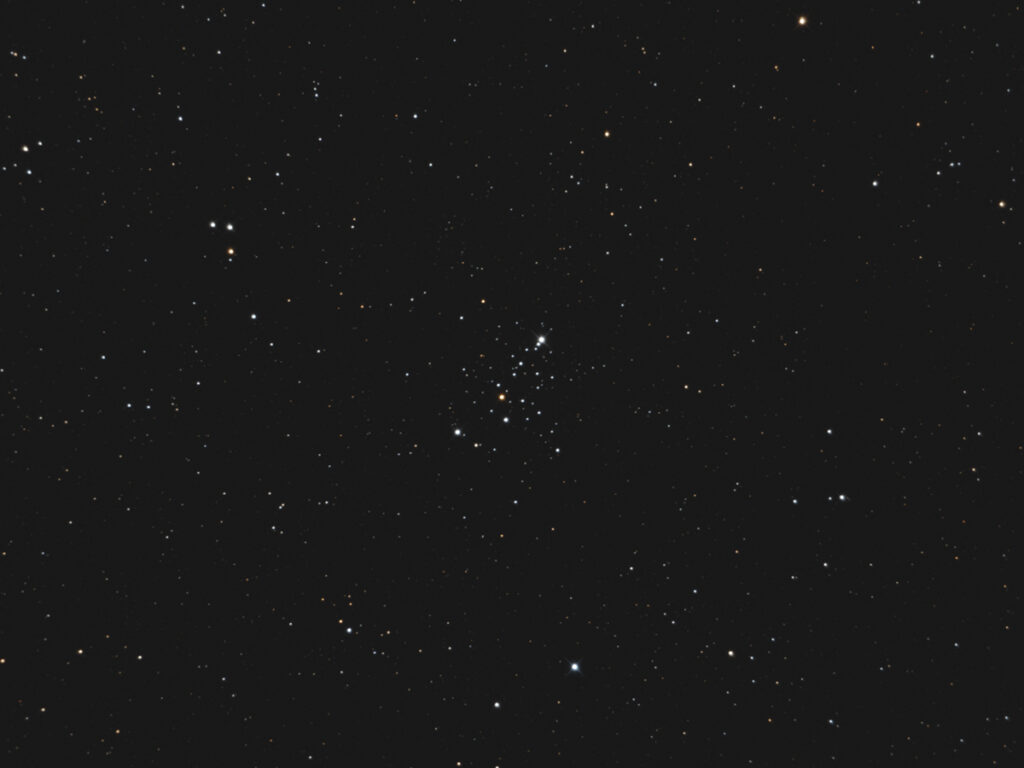
Recent Comments